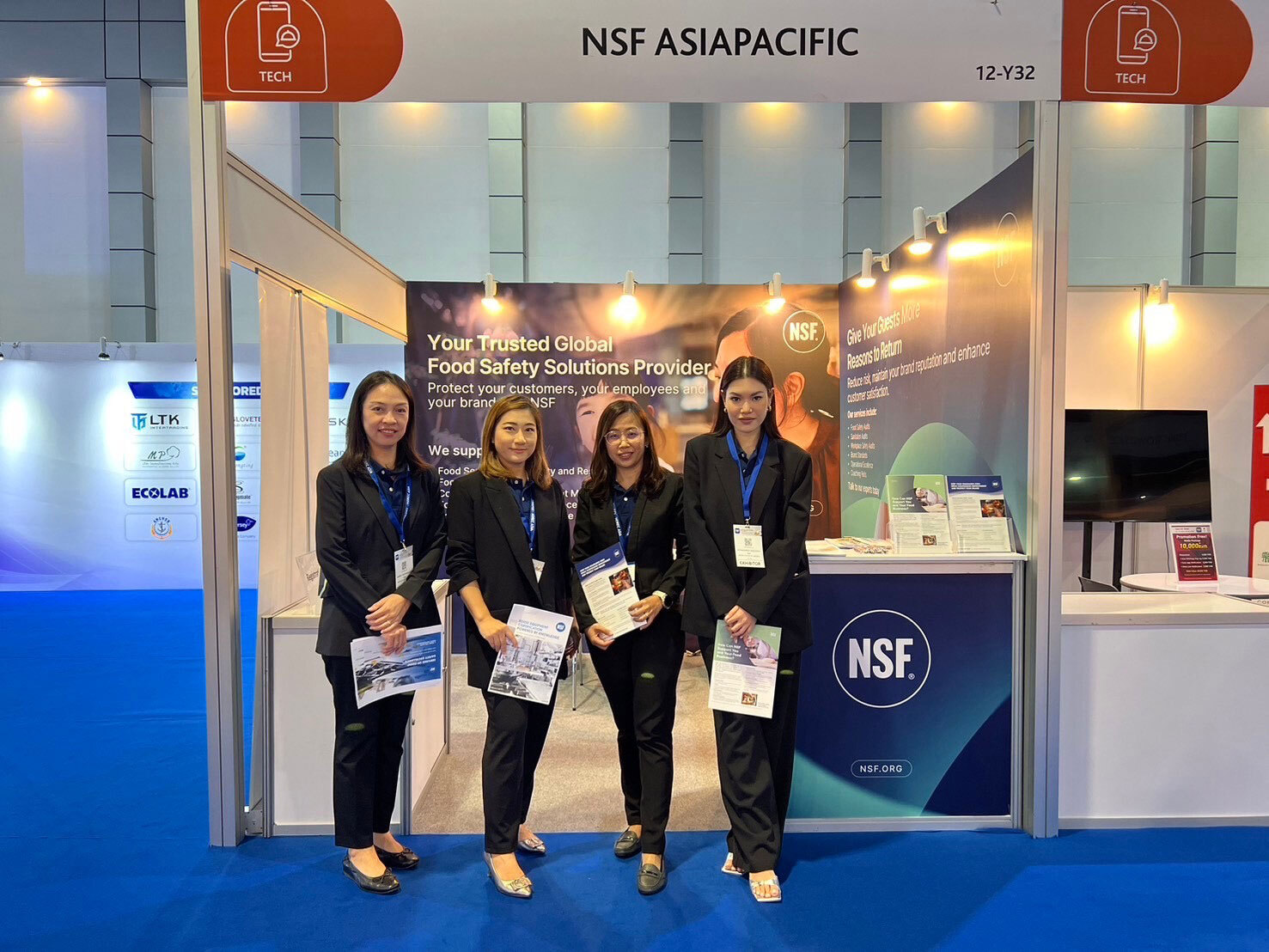Risk Management Series 2: Food Transparency

Few in the food industry will have missed recent headlines about honey.
A European Commission study found that, unknown to their consumers, 46% of honey products tested in Europe were diluted with cheap sugar syrup, including all ten products on sale in the UK.
It is just the latest in a steady stream of actual or alleged food fraud incidents.
A UK supermarket chain hit the news for selling imported beef that was falsely labelled as British when it was from elsewhere in Europe and South America. The supermarket promptly removed the products from sale and ceased trading with its supplier. The UK’s National Food Crime Unit (NFCU), part of the Food Standards Agency, is currently investigating.
In 2019, French police uncovered a scam in which Italian kiwi fruit was passed off as a premium French variety.
Most infamous of all perhaps, was the 2013 revelation from the food safety authority in Ireland that horse meat had been mixed into millions of meals labelled as beef.
The Increasing Risk of Food Fraud
False claims may involve substitution – replacing a high-value ingredient with another of lower value – or simply mislabelling packaging for financial gain, such as claiming a product is organic when it is not. Either way, misrepresenting food products gives unscrupulous suppliers an illegal competitive advantage.
While food fraud tends to hit the headlines, perhaps worse news for food businesses is that the risks around consumer transparency stretch much further.
A major danger area lies in the marketing claims made by food businesses for their products.
“In some cases, we’ve seen a brand be tempted to make an overly bold claim by assessing the associated risk. Depending on the severity of the associated risk, a business may choose to go ahead and risk falling foul of regulators.”
Verifying Food ‘Claims’
Making a food claim – whether that’s about the quality, origin, provenance or benefits of the product – may or may not be independently validated by third parties and can be the cause of controversy. Claims, for example, that plant-based food is ‘healthy’ could be challenged.
“How do you know? What if your food claims are challenged by the authorities – can they be substantiated? In many instances there isn’t much regulatory detail about how you should market your product to consumers, so it comes down to how laws are interpreted and enforced on the ground.”
Companies may not set out to act illegally, but this grey area means if they exaggerate marketing claims, they can open themselves up to regulatory action, product withdrawals and even monetary fines. The level of risk varies according to the nature of the claim, and the regulatory environment in the market in which it is made.
The Risk of Falling Foul
The risks of regulatory and consumer action are relatively high in the US, where the US Food and Drug Administration (FDA) considers a food to be misbranded if its label – including the brand name, vignettes, logos, containers, wrappers and other information – is false or misleading in any way.
The FDA allows several types of claims on food labels, including claims concerning nutrient content, function and health benefits.
“There is also a significant risk of class action in the US. Lawyers may challenge any statement on a label that could arguably be misleading. The use of ‘healthy’ on food labels and advertising has been subject to class action when the product contains allegedly unhealthy ingredients, such as excessive sugar or salt.”
Vigilance Is Key
Other claims may be based on the presence or absence of specific ingredients, such as the inclusion of non-strawberry ingredients in ‘strawberry’ cakes, or nutrient content claims alleging products do not provide the nutrient benefits claimed.
Today’s consumers are paying more attention to food label information, so product transparency is paramount.
“Food companies should remain vigilant in substantiating any marketing claims made or implied. They should seek to understand and comply with regulatory requirements, ensuring that label statements and marketing claims are clear and supported by sufficient evidence and record-keeping.”
Third-party certifications can often help build trust by demonstrating to consumers that products meet regulations and exceed their expectations. Transparency-seeking consumers tend to favour brands with clear commitments to independent verification of highly valued claims, such as ‘organic’, ‘gluten-free’ and ‘non-GMO’.
“It’s tough to work within frameworks where there is so much scope for misinterpretation and misrepresentation. It would clearly help consumers and food professionals to have greater regulatory clarity and consistency around the world. Claims may be subjected to challenge by regulators in some markets but go unchallenged in others.”
What’s The Solution?
- Making an untrue or exaggerated claim – whether that’s about a company’s credentials, environmental record or the attributes of a food or drink – can cause any number of repercussions. Guide your teams to ensure that any claim you make can be substantiated – and get expert advice if you need to validate it.
- From falling foul of regulatory guidelines to product recalls, the risk to health and wellbeing is the first critical factor. Then also consider the damage to consumer trust, the reputational impact to your brand and the public furore that a news scoop can cause. You may already have the right regulatory, legal and technical skills in-house to manage this, but if not, reach out to a trusted partner for advice.
- When economic, environmental or political conditions are ripe for a possible rise in fraudulent activity, you need to be extra-vigilant and implement new programs to ensure you’re not the one caught out in the headlines – or the courts.
- Businesses will always want to push as far as they can to gain a competitive edge, but at what cost? If ever you’re in doubt, always consult with a trusted expert to make sure you’re on the right path.
Contributors to This Article:
- Katie Glover, Manager Regulatory Affairs and Trading Law, NSF Food Consulting, UK
- Carol Zweep, Manager, NSF Food Consulting, North America
- Suzanne Barkley, Global Director, NSF Supply Chain Food Safety Certification
Risk Management Series

Risk Management Series 1: Managing Food Safety Risks

Risk Management Series 3: Supply Chain Disruption

Risk Management Series 4: Information Security

Risk Management Series 5: Food Sustainability
Ready To Begin the Process?
Contact us with questions or to receive a quote.
How NSF Can Help You
Get in touch to find out how we can help you and your business thrive.

What’s New with NSF

NSF Shanghai Named Critical Site for NSF/ANSI 455 and NSF/ANSI 173 by ANSI National Accreditation Board
July 26, 2024
NSF Takes Center Stage at NEHA Annual Education Conference
July 25, 2024
NSF Asia Pacific Showcases Hospitality Solutions at THAIFEX HOREC Asia 2024 in Bangkok, Thailand
July 4, 2024